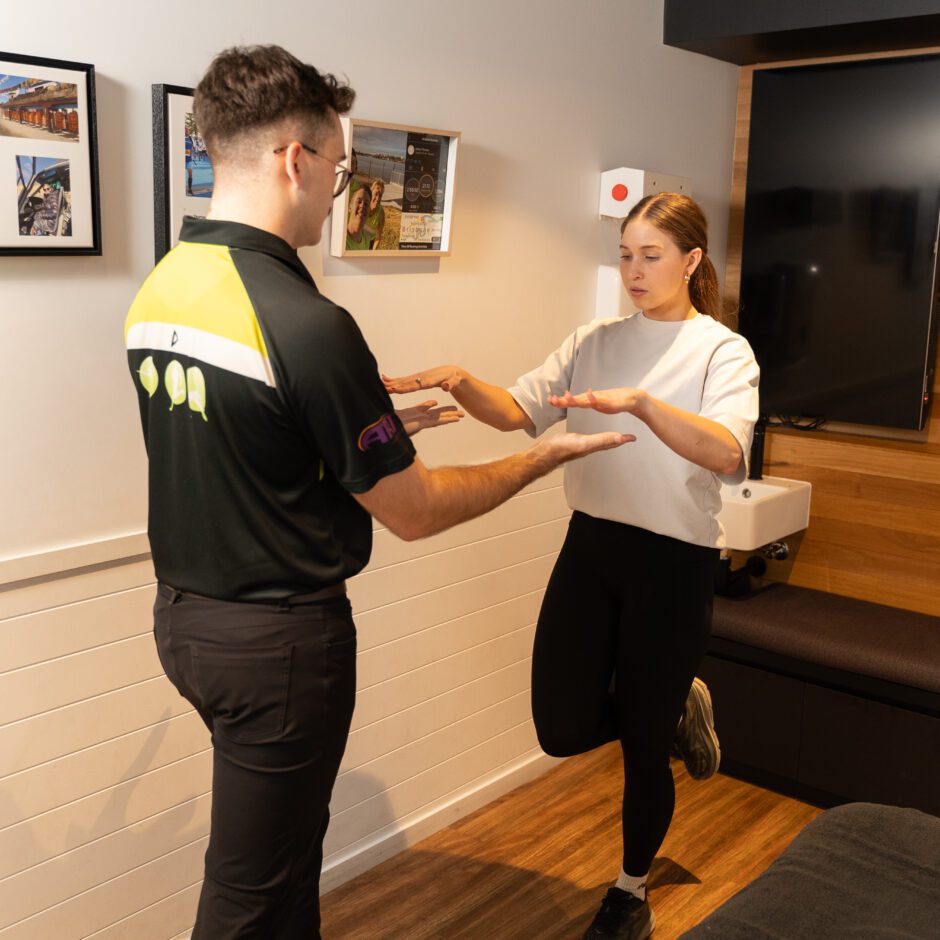Signs and Symptoms of Stroke-Related Dizziness and Balance Problems
Post-stroke dizziness and balance impairments can manifest in several ways, depending on the stroke’s location and severity:
- Persistent dizziness or vertigo: Even after the acute stroke, you might be left with a general feeling of dizziness, especially with quick movements or position changes. Some stroke survivors feel a non-specific lightheadedness, while others have true vertigo if the vestibular nuclei or cerebellum were affected.
- Imbalance and coordination issues: You may have difficulty with steady walking (ataxia). It might feel like you’re veering to one side or that your legs are unreliable. Turning corners or navigating crowds could be especially hard. You might need a walker or cane for stability.
- Visual disturbances affecting balance: Strokes can cause double vision, loss of visual field, or problems focusing – all of which make balance harder. You may feel disoriented in visually complex environments or experience “visual vertigo” when there’s a lot of motion around you (e.g., traffic, crowds).
- Nausea with movement: Some people find that certain motions still provoke a sick or woozy feeling, almost like motion sickness, during the subacute phase of stroke recovery.
- Reduced limb sensation or strength: If your stroke also caused weakness or numbness in your legs, that sensory/motor loss compounds the balance problem. You might not feel the floor properly or have the reflexes to catch yourself, contributing to unsteadiness.
- Fear of falling: Understandably, many post-stroke patients develop a cautious gait and a fear of falling. This often shows up as walking very slowly, taking very small steps, or needing to hold onto someone or something when moving about. While not a “symptom” per se, this fear is a direct result of the balance problems and needs to be addressed in rehab.
Together, these issues can severely limit mobility if not managed. But with targeted therapy, the brain can relearn and compensate to a remarkable extent (thanks to neuroplasticity), improving these symptoms significantly.
Impact on Your Life
After a stroke, dealing with dizziness and balance deficits adds extra hurdles to regaining independence:
- Difficulty with basic mobility: Tasks like getting out of bed, standing from a chair, or turning in the kitchen can feel like walking a tightrope. This might mean you need assistance for what used to be simple daily activities (getting to the bathroom, showering, etc.), which can be frustrating and affect your sense of dignity.
- Increased fall risk: Balance impairment is a major cause of falls in stroke survivors. A fall can lead to injuries like fractures or head trauma, setting back your recovery significantly. The awareness of this risk can also make you overly cautious, which paradoxically can lead to a stiff gait that isn’t optimal for balance.
- Slower overall rehab progress: Dizziness and poor balance can interfere with participating in other rehab activities. For example, if you feel dizzy when trying to do arm exercises in standing, or if transfers make you lightheaded, it’s hard to fully engage in physiotherapy or occupational therapy sessions. This can slow down regaining strength and function in other areas too.
- Loss of independence: You may be unable to live alone or require supervision because of the risk of falling or getting dizzy. This might mean a temporary or permanent move to a more supported living environment, which is a huge life change. In less severe cases, you may still avoid going out alone or driving, effectively shrinking your world to very safe, known environments.
- Social isolation and reduced confidence: When every outing or even indoor movement feels like a challenge, people often start to withdraw. Perhaps you decline invitations because you’re worried about falling in public or because a busy restaurant makes you disoriented. This isolation can lead to feelings of sadness or hopelessness. Confidence takes a hit when you can’t trust your own body to keep you upright.
- Emotional impact: Surviving a stroke is an emotional journey on its own. Add chronic dizziness to that, and it can contribute to anxiety (especially fear of another stroke or medical emergency when dizziness hits) and depression. It’s disheartening to fight to recover and still feel “off balance” literally and figuratively. There can also be frustration or anger at not being able to do things you used to do, like play with grandkids on the floor or go for your daily walk.
All of these factors make it critical to address post-stroke dizziness and balance issues head-on. Rehabilitation isn’t just about regaining movement in an arm or leg – it’s about restoring your ability to function in the world safely and confidently.
Physiotherapy for Post-Stroke Dizziness and Balance at Peak Sports and Spine Centre
At Peak Sports and Spine Centre, our approach to stroke rehabilitation is comprehensive and tailored. We understand the interplay between neurological recovery and vestibular/balance training. Here’s how our physiotherapy for stroke and dizziness will support you:
- Detailed Assessment and Goal Setting: We begin with a thorough assessment of your strengths and challenges. This includes evaluating balance in various positions, gait analysis, vestibular function tests (if appropriate) to see how your eyes and inner ear are working post-stroke, and checking how vision or limb deficits are contributing. We’ll also ask about your personal goals – whether it’s walking unaided, climbing stairs, or returning to a hobby. Knowing what you want to achieve helps us tailor the rehab plan and keep it motivating.
- Vestibular Rehabilitation Exercises: If your stroke involved the vestibular nuclei or connections (common in lateral medullary or cerebellar strokes), we incorporate vestibular rehab techniques. This may involve gaze stabilization exercises (e.g., focusing on a target while moving your head side to side) to reduce any residual dizziness and improve your ability to see clearly during movement. We also use habituation exercises if certain movements (like rolling to one side) still provoke dizziness – gradually exposing and practicing them until your symptoms decrease. Think of it as recalibrating your brain’s balance sensors.
- Balance Retraining: A major component of therapy will be balance exercises. Early on, this might mean practicing sitting balance (if you’re very impaired) – learning to reach or look around without losing your stability. As you progress to standing, we’ll use parallel bars or a supportive harness if needed so you can practice safely even before you’re fully steady. We challenge your balance in multiple ways: shifting weight from foot to foot, stepping in different directions, catching and throwing a ball (adding gentle perturbations), walking on compliant surfaces or over obstacles, etc. Each exercise is targeted to improve a specific balance reaction or strategy. We’ll also train ankle strength and proprioception (awareness of your feet on the ground) because those are key for balance.
- Gait Training and Vestibular Integration: Walking practice is crucial. Our physiotherapists will help you re-learn a smooth, safe gait. We might use tools like mirror feedback or video to show you what needs adjustment (for example, if you’re leaning to one side). If dizziness increases when you turn your head while walking, we practice that – walking and looking side to side or up and down, to train your brain to handle divided attention and still maintain balance. For individuals with significant gait impairments, we have equipment like canes, walkers, or even an overhead suspension system that catches you if you stumble, so you can practice walking with confidence. Treadmill training (possibly with partial body-weight support using a harness) can be great for repetitively practicing a steady gait without fear of falling.
- Strength and Endurance Building: Post-stroke deconditioning is common. Weak leg muscles and low endurance will worsen any balance issue. So part of your program will involve strengthening exercises – like supported squats, heel raises, step-ups – to build the muscle groups that keep you upright. We’ll also work on core strength because a strong core improves balance. Endurance training, such as longer and longer walks or stationary cycling, is included to ensure you have the stamina to move around without dizziness from fatigue. We set achievable targets, maybe increasing your walking time by a few minutes each week, and celebrate these gains.
- Visual and Sensory Integration: If you have double vision or visual field loss, we teach you compensatory strategies (like scanning techniques to check your blind side, or using prisms as prescribed by vision specialists). We might place visual cues on the floor (like bright tape) to help guide your steps initially. If you have lost sensation in your feet, we emphasize visual feedback (looking at foot placement) in the early training and add exercises that stimulate the remaining sensory input (like balancing on different textures). Over time, you’ll rely less on consciously looking at your feet as your balance reflexes improve, but initially, these strategies help bridge the gap.
- Education on Fall Prevention: We empower you with knowledge and strategies to stay safe at home. This includes teaching you how to get up from a fall safely (just in case), reviewing your home setup for potential hazards (rugs, poor lighting, etc.), and advising on assistive devices. We’ll also discuss pacing and not rushing – many falls happen when people hurry, so we reinforce the importance of taking your time and using any supports properly. We might involve your family/caregivers in some sessions to educate them on how to assist you correctly without risking either of you falling.
- Incremental Challenge with Real-Life Simulations: As you improve, we simulate real-life scenarios: climbing stairs with a laundry basket (in therapy, we’ll use a pretend one until you can do it safely at home), walking outdoors on grass or gravel, or navigating around other people in a hallway. We want the skills you gain to directly translate to your daily life. We’ll even practice getting in/out of a car if that’s a challenge, or walking in a busy environment (perhaps a group therapy class or a corridor during a busier time of day) to build your confidence.
- Neuroplasticity and Positivity: We leverage the concept of neuroplasticity – the brain’s ability to rewire. The more you practice a task, even if it’s hard at first, the more your brain forms new connections to get better at it. We’ll remind you of this when therapy feels challenging: every step, every exercise is training your brain as much as your body. Our therapists maintain a positive, motivating atmosphere. We firmly believe in celebrating progress: the first time you walk 10 meters without a walker, or when you can balance with eyes closed for 10 seconds, we acknowledge these wins. Building your confidence is just as important as building your physical skills. Knowing that you did that and you can do more propels you further.
- Collaborative Care: If you’re also working with occupational therapists (for fine motor skills or daily living tasks) or speech therapists (if you had swallowing or speech issues), we coordinate with them. For example, if the OT is focusing on your ability to shower safely, we’ll incorporate practicing stepping in/out of a “simulated” bathtub in physio. If your doctor has you on certain medications (like vestibular suppressants or blood pressure meds that might affect dizziness), we time our exercises appropriately (maybe scheduling therapy when those meds are at a stable level in your system). We view ourselves as part of your recovery team, all working towards the same goal: your independence.
By integrating vestibular rehab techniques with traditional stroke physiotherapy, Peak Sports and Spine Centre offers a unique and effective program for post-stroke dizziness and imbalance. We bring a confident, knowledgeable approach and a compassionate touch. We’ve seen many stroke survivors go from wheelchair-bound with severe vertigo to walking confidently and living full lives – those success stories fuel our passion and should give you hope.
Let's get started — How can we help?
Physiotherapy
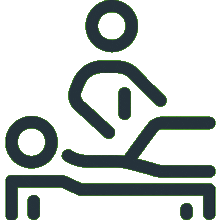
Chiropractic
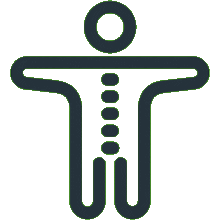
Podiatry
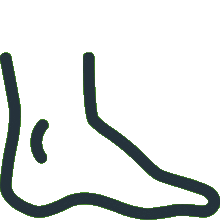
Massage Therapy
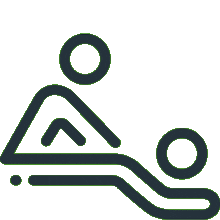
Women's Health Physiotherapy
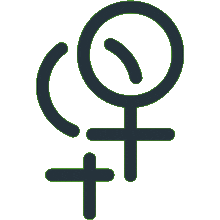
Running Program Tailored To Your Goals
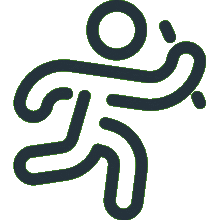
Joint Mobilisation
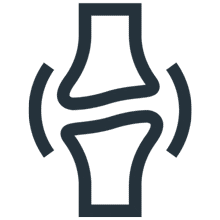
Active Release Technique
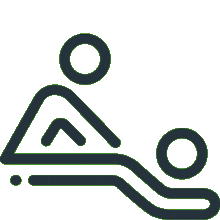
Exercise Prescription

Real Time Ultrasound Imaging

Spinal Manipulation
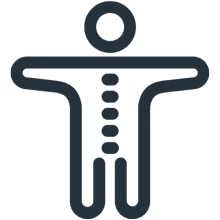
Functional Movement Screen
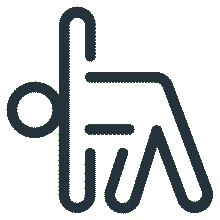
Knee Pain Treatment

Hamstring Strain Treatment
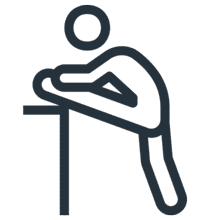
Hip Pain Treatment

Upper, Middle & Lower Back Pain

Neck Pain Treatment

Shoulder Pain & Rotator Cuff Tear

Can't find what you're after?
View all ServicesOr email the PEAK team at info@peakssc.com.au
Hawthorne
- Phone: (07) 3399 3318
- Fax: (07) 3319 6577
Address
5/171 Riding Road,Hawthorne, QLD, 4171 Get Directions
Opening Hours -
6 days per week
- Monday - Friday: 7:00 am - 8:00 pm
- Saturday: 7:00 am - 1:00 pm
To make a booking outside of business hours, please use our form by clicking here.
New Farm
- Phone: (07) 3399 4668
- Fax: (07) 3319 6577
Address
1/15 Lamington Street,New Farm, QLD, 4005 Get Directions
Opening Hours -
6 days per week
- Monday: 7:00 am - 8:00 pm
- Tuesday: 7:00 am - 8:00 pm
- Wednesday: 9:00 am - 8:00 pm
- Thursday: 10:00 am - 8:00 pm
- Friday: 7:00 am - 3:00 pm
- Saturday: 7:00 am - 3:00 pm
To make a booking outside of business hours, please use our form by clicking here.
